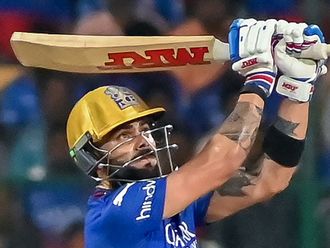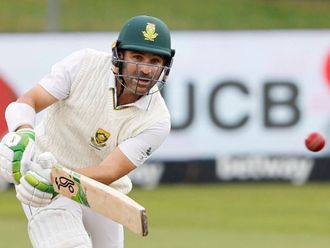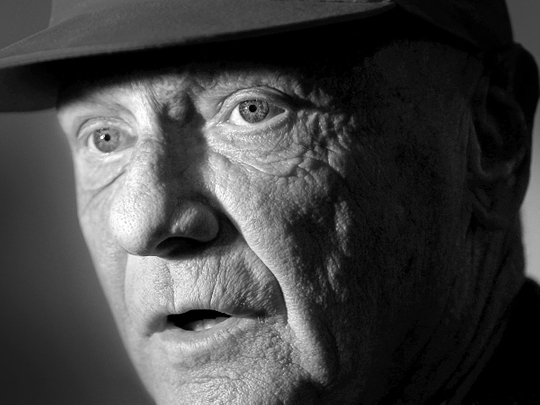
VIENNA: Niki Lauda, the Austrian race car driver who won three world championships in Formula One, the sport’s highest level of international competition, and was regarded as one of the greatest speedway drivers of all time, died Monday. He was 70.
His family reported the death in a statement to the Austria Press Agency. The cause was not immediately known.
Lauda was injured many times in crashes and once nearly killed. He had kidney transplants in 1997 and 2005, and in August 2018, while battling severe lung disease, underwent what was described as a successful lung transplant at a hospital in Vienna.
The scion of an industrial family that opposed his daredevil driving career, Lauda (pronounced LAO-da) was a road warrior who dazzled motoring experts and crowds that lined the twisting, turning Grand Prix courses of Europe, Africa, Asia and the Americas for gruelling all-weather races. For a driver, it took guts, focus and precision moves among the shifting packs roaring at high speeds.
“Formula One is simply about controlling these cars and testing your limits,” Lauda told The Telegraph of London in 2015. “This is why people race — to feel the speed, the car and the control. If in my time you pushed too far, you would have killed yourself. You had to balance on that thin line to stay alive.”
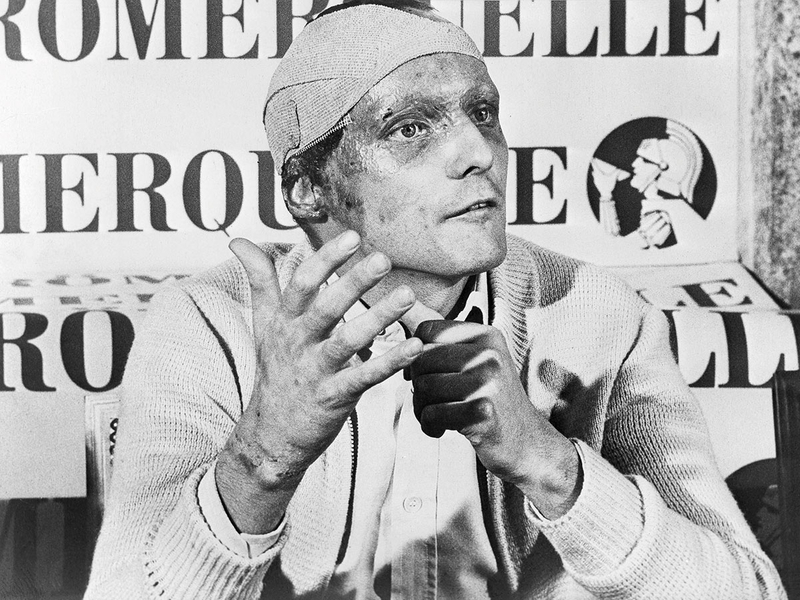
Unlike the Indianapolis 500, America’s Memorial Day weekend classic in which drivers take 200 laps around a 4-km rectangle with rounded corners, Grand Prix races are held worldwide on public roads with hills and turns and on odd-shaped specially built circuits with right- and left-hand curves of varying sharpnesses.
In his 17-year career (1969-1985) in the open cockpit of Porsches, Ferraris, McLarens and other high-tech torpedoes on wheels, mostly in Formula One competition, Lauda won 25 Grand Prix races. Points are awarded to the top six finishers in a race, and by amassing the highest point total in 16 authorised races, Lauda won the Formula One world driving championships in 1975, 1977 and 1984.
Since the crowns were first awarded in 1950, only five drivers have surpassed Lauda’s three titles. The record, seven, was set by Michael Schumacher, of Germany, between 1994 and 2004.
Lauda, a licensed commercial pilot, founded and for years ran his own airline, Lauda Air, first as a charter, then as a scheduled carrier from Austria to Southeast Asia, Australia and the Americas. He sometimes piloted his airline’s flights. In 1991, a Lauda Air jetliner crashed in Thailand, killing all 223 people on board. Lauda was personally involved in the investigation, which was ruled an accident.
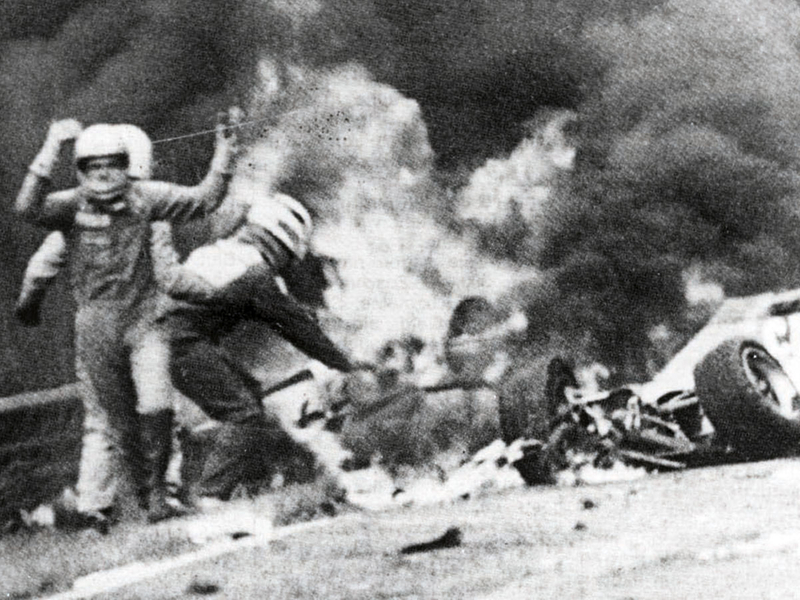
After winning his first world driving championship, Lauda seemed destined to repeat in 1976. He won five early events and came in second in two more. But in his next race, the German Grand Prix at Nurburgring, a 22.4-km, 76-curve course, things went drastically wrong for Lauda and his 590 kilo blood-red Ferrari.
It had rained, and he hit a slippery patch at 225km/h. He spun out, broke through a restraining fence that snagged and tore away his helmet, then hit an embankment and bounced back onto the track, where he was hit by several following cars. His ruptured fuel tank burst into flames that engulfed him in the cockpit.
By the time three other drivers pulled him from the wreckage, he had severe burns of the face, head and hands, a concussion, a broken collarbone and other fractures. His right ear was badly burnt. Noxious smoke and gases from the car’s burning interior seared his lungs. He was rushed to a hospital in a coma, then to a burn Centre, seemingly near death.
On Lauda’s third day in intensive care, a Roman Catholic priest gave him the last rites of the church. Lauda was conscious, and the rites only made him angry.
“I kept telling myself, if he wants to do that, OK, but I’m not quitting,” Lauda told Newsday after he began a remarkable recovery.
He had a series of operations and skin grafts that left permanent scarring on his head. He lost part of his right ear, the hair on the right side of his head, his eyebrows and both eyelids. He chose to limit reconstructive surgery to the eyelids and thereafter wore a red baseball cap to cover the worst disfigurements. But he began talking, walking and making plans for his return to racing.
Six weeks after his devastating crash, Lauda returned to competition in the Italian Grand Prix at Monza. He finished fourth. Against all odds, he began winning again and finished as runner-up to the 1976 world champion, his British friend James Hunt.
Sustaining his comeback a year later, Lauda again won the world championship, beating Hunt by a single point. Seven years later, after a series of poor racing seasons and a two-year “retirement,” Lauda won his final Formula One championship. He retired from racing in 1985.
For many years, Lauda championed safer race car and track designs, and urged tighter controls over driving conditions and rules governing race organisers.
Andreas Nikolaus Lauda was born in Vienna on February 22, 1949, to Ernst-Peter and Elisabeth Lauda. Niki and his brother, Florian, grew up in one of Austria’s leading families. Their paternal grandfather, Hans Lauda, had built a papermaking empire.
Niki was a bright but lazy student, and his parents wanted him to go into the family business. But cars became his passion. As a schoolboy, he drove an uncle’s BMW around a paper mill yard, and at 14 he was taking Volkswagens apart. At 18, he quit school, borrowed money to buy a Mini Cooper and got into mountain racing. A year later, he went deeper into debt to acquire a Porsche 911.
In 1969, he began racing in earnest and won eight races at a low level of competition. Over the next few years, he borrowed on his life insurance and without authorisation used his family name to finance better cars for tougher racing events. His success drew the attention of Enzo Ferrari, the ageing head of the Italian motor car company, who in 1973 invited him to join the Ferrari racing team.
In 1976, Lauda married Marlene Knaus. They had two children, Mathias and Lukas, and were divorced in 1991. He also had a son, Christoph, in an extramarital relationship. In 2008, he married Birgit Wetzinger, a flight attendant 30 years his junior, who gave birth to twins, Max and Mia, in 2009. A list of Lauda’s survivors was not immediately available.


